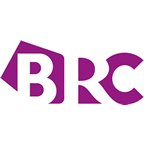London, 2017-May-10 — /EPR Retail News/ —
BRC – KPMG RETAIL SALES MONITOR APRIL 2017
Covering the four weeks 2 – 29 April 2017
In April, UK retail sales increased by 5.6% on a like-for-like basis from April 2016, when they had decreased 0.9% from the preceding year.
On a total basis, sales rose 6.3% in…

